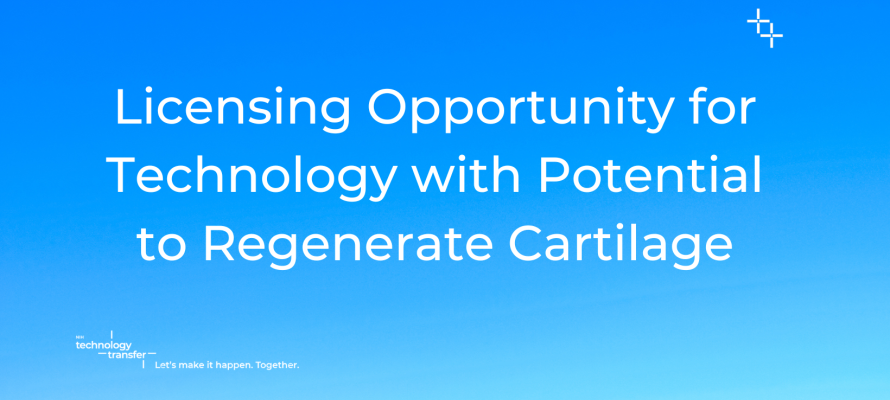Licensing Opportunity for Technology with Potential to Regenerate Cartilage

Inventors at the National Institute of Dental and Craniofacial Research (NIDCR) have a technology available for licensing that could be used to treat cartilage damage caused by injuries, overuse, or disease. This technology includes a method for differentiating human induced pluripotent stem cells (hiPSCs) into stable chondrocytes, capable of producing cartilage, and their use in cartilage repair in human injury and degenerative diseases. Their research found that hiPSC could potentially be used to regenerate cartilage in humans.
In vivo long-term transplantation of hiPSC-derived chondrocytes can potentially be used to treat:
- Injuries: This technology could be used to treat cartilage damage caused by injuries such as sports injuries, falls, and car accidents.
- Overuse: This technology could be used to treat cartilage damage caused by overuse, such as in athletes and people who have physically demanding jobs.
- Diseases: This technology could be used to treat cartilage damage caused by diseases such as osteoarthritis, rheumatoid arthritis, and avascular necrosis.
This technology has the potential to be used to repair a variety of sources of cartilage damage, including damage caused by injury, overuse, and disease. In addition, the method described here produces chondrocytes that are stable when transplanted in vivo, which can potentially effect long-term and significant healing.
This technology is available for licensing from NIDCR. More information can be found on the Method to Generate Chondrocytes from human Induced pluripotent Stem Cells (hiPSCs) and Their Use in Repairing Human Injury and Degenerative Diseases abstract.
